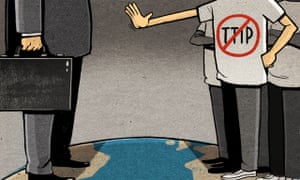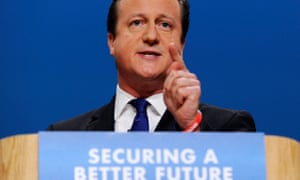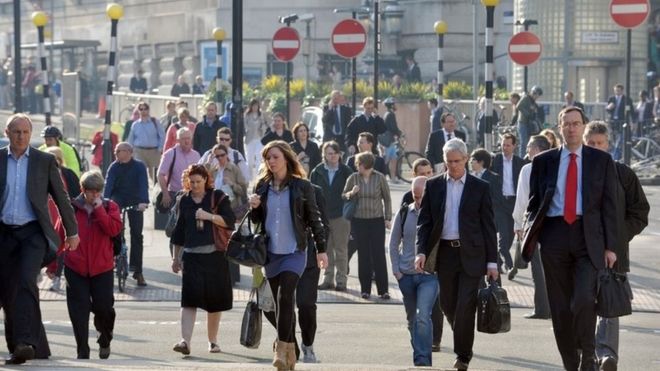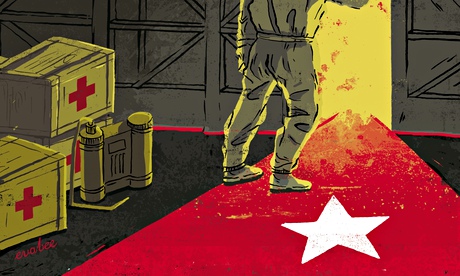Following Matt Renshaw's concussion injury, a respected cricket writer posed the question: will we ever get to the point where short leg, bat pad and silly mid-off are banned in international cricket?
In junior cricket in Australia that is already the case. I'm not sure if it is the same in places like India, where the art of spin bowling (and batting against it) will be poorer for such rules. More realistically, given the litigious climate we inhabit, can a fielder refuse the captain's instructions to field in a position that compromises his or her safety? Especially in professional cricket, where livelihoods are at stake, what are the health and safety implications of deliberately putting an employee in a dangerous position, knowing full well that serious injury is a possible outcome?
Barely 40 years on from when Tony Greig wore a motorcycle helmet while batting, it is almost as rare to now see a first-class cricketer batting in a hat or cap.
I have seen the helmet policy change radically - from wearing one being optional, to having to sign an indemnity form if you didn't wear one, to it now being a case of "no helmet, no play" at my local cricket club. This transformation has taken place in the time it has taken my son to progress from Under-8s to U-13s, accelerated no doubt by the Phillip Hughes accident (even though Hughes was wearing a helmet at the time).
In first-class cricket, the rules are so ridiculous that you are allowed to bat in a cap, but if you wear a helmet, it has to meet certain design specs.
Can a fielder refuse the captain's instructions to field in a position that compromises his or her safety?
I remain convinced that this blind faith in helmets is breeding a generation of cricketers who are sometimes technically inept, attempting to pull off the front foot instead of getting inside the line of the ball, or trying to play shots when ducking may have been wiser. In the last two weeks, at least four international batsmen have been hit in the head in Australia and New Zealand. Musfiqur Rahim was the most serious of these cases.
Even bizarre accidents can sometimes be predictable. Umpiring in an U-9 game recently, I refused to allow a batsman to face up because he was not wearing gloves. The opposition coach (also a parent) took exception to my decision, arguing that his son was prepared to take the risk. My counter-argument was that I was not prepared to put my fielders at risk if the bat flew from his hand on a hot, sweaty Brisbane morning. The acid burn of the wrath I incurred hurts less today as I view the replay of Peter Nevill's injury in the Big Bash.
A few years ago Queensland Cricket, in a noble but futile attempt to improve the "spirit of cricket" on the grade-cricket scene, ran a workshop where every captain of every club in every grade was forced to attend an event that tried to encourage a less abrasive, more sportsmanlike atmosphere. If a captain did not attend this workshop, his team lost points if he subsequently captained that season.
On the night in question, when each group was given a different hypothetical situation to mull over (for example: what do you do if an overnight not-out batsman turned up ten minutes late the next day because he was tending to his sick child?) I raised the issue of bowlers and fielders making threats against the batsman along the lines of "I'm going to f***ing kill you." My point was that even if it was not meant literally but taken to signal they were going to bowl aggressively at the batsman's body, once those words were said, if the batsman was actually killed (or badly injured), would there be a case to answer for premeditated assault occasioning bodily harm or worse? Would witnesses (fielders, umpires, non-striker) be asked to testify, under oath, as to whether they actually heard that threat being made, regardless of whether they thought it was meant literally or not?
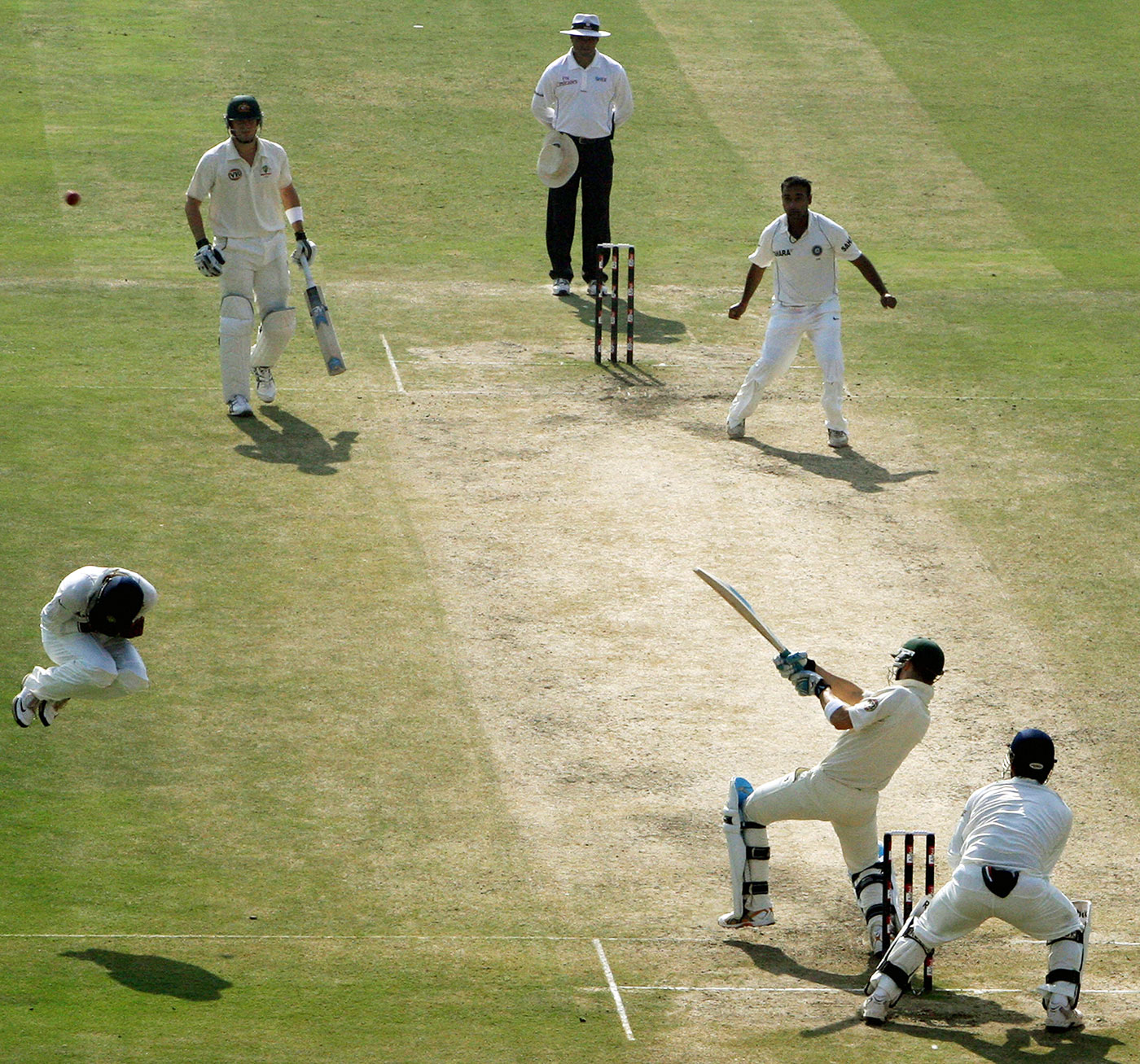 Gautam Gambhir leaps to avoid getting hit by a shot from Michael Clarke in Delhi, 2008 © AFP
Gautam Gambhir leaps to avoid getting hit by a shot from Michael Clarke in Delhi, 2008 © AFPOn hearing my question, the first-grade captain of another club stood up in disgust and said that if the evening was going to descend into complete farce with questions of this nature, he was taking leave forthwith. And that was the general consensus in the room: ridiculous question, it will never happen, can we move on to more realistic scenarios please? The hypothetical question I posed was never addressed. Many in the room thought I had pushed credibility too far.
Sadly, vindication is often a dish served cold, but it has a sour aftertaste. It wasn't long before we had the coronial inquest into the death of Hughes, and many of those same questions were posed by the coroner, Michael Barnes. We never quite got to the bottom of the matter, but the coroner was sufficiently unconvinced to note: "The repeated denials of any sledging having occurred in the game in which Phillip Hughes was injured were difficult to accept. Hopefully the focus on this unsavoury aspect of the incident may cause those who claim to love the game to reflect upon whether the practice of sledging is worthy of its participants. An outsider is left to wonder why such a beautiful game would need such an ugly underside."
So what's next? Players (employees) taking legal action against selectors for unfair recruitment policies? Suing your cricket board for making you play while injured? Been there, done that, thanks Nathan Bracken!
Can a batsman who has scored more runs in first-class cricket (Callum Ferguson, for example) make a case for unfair dismissal or discrimination if they jettison him after just one Test for an X-factor cricketer (Nic Maddinson) whose numbers don't quite match up and who is given three Tests? Ridiculous? Yes. Possible? Yes.
No bat pad? No leg slip? It might be a bridge too far. It will change the face of cricket forever, of course. But it won't be the first time that an outlandish suggestion morphs into an everyday reality.
